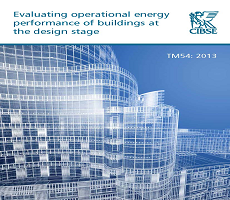October 29, 2013
What the endless debate about HS2 can teach us about how we work
One of the most fascinating aspects of the debate about whether the UK should spend £50 billion (or whatever you think it might be) on the new HS2 rail network, is the way in which it has formed a touchstone for a discussion about how we work. But people on both sides of this debate can have things either spectacularly or misguidedly wrong. On one side, the people behind the scheme, including the Government, used the jaw-dropping assumption that nobody worked on trains as the foundation of a business case. That was the familiar sight of large organisations working their relentless way towards a number they wanted, regardless of inconvenient facts. This idea has now been so widely discredited and mocked that it has been dropped completely from the latest business case, tellingly the sixth in just three years. And yet on the other side, we have people arguing that we should travel less and use videoconferencing as an alternative to face to face meetings, which can be almost as problematic.






















November 12, 2013
UK leads the world in talent, but it needs the right culture in which to thrive
by Philip Ross • Comment, Technology, Workplace, Workplace design
(more…)